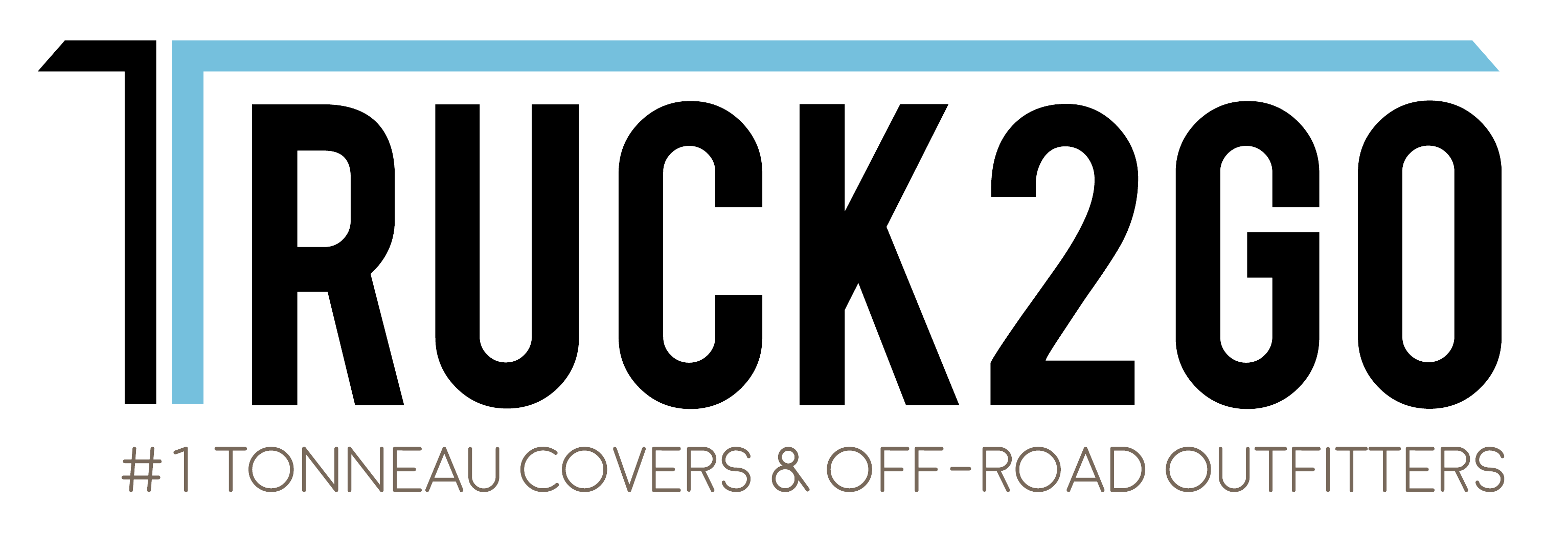-
USD
- USD
- EUR
- GBP
- My account
- Wishlist
- 0
How to Make a Tonneau Cover?

If you have a flatbed pickup truck, then you will appreciate knowing how to make a tonneau-style cover for it. It is possible to build a tonneau-style cover at home. The first step is to gather all the materials. Next, prepare distinctive frames by cutting and painting plywood. After this, wrap the wood with vinyl. You may want to consider using glue or a stapler to secure the material in place.
If you are considering a DIY tonneau cover, you may be wondering how to make it. It is not difficult to build one if you have the right tools and suitable materials. This guide will teach you how to make a tonneau cover that will last for many years to come. You can use a primer and then paint the material with your favorite color.
Once you have chosen the materials, it's time to select a color for your homemade tonneau cover. You can choose any color or design that fits your vehicle, as long as it matches the exterior of your truck. If you have a painted truck, you should use a dark color for the finished product. If you have a wooden truck, you can choose a color that matches your car.
Once you've decided on a color for your homemade tonneau cover, you can start cutting the plywood. A half-inch piece of plywood should be enough. You can also use two inches of plywood, but you can choose any thickness you'd like. Then, use screws to attach the plywood to your truck's trunk. Then, you're done! You'll have a stylish tonneau style to protect the cargo you're hauling!
Aside from the benefits of a tonneau, you'll also save money by building your cover. Usually, it will cost you less than $30 to make a tonneau cover for your truck, and you can choose any wood you like as long as it's two inches thick. You can even use two-inch plywood, but it is important to buy the correct size and thickness of the plywood. Then, you'll need to glue the plywood to the trunk, and finally, attach it with screws.
Now, it's time to decide what kind of tonneau you want to build. While you can buy ready-made covers at a store, it is best to build your own. Then, you'll need to install the plywood on your truck. You can paint the tonneau cover yourself if you prefer. You can also purchase vinyl-covered tonneau covers.
Using plywood, you can build a tonneau cover for your truck at home. It's important to use plywood that is a one-half inch thicker than the vertical frames. It's best to use two-inch-thick plywood, but you can use whatever you want. Then, add the hinge to the front of the tonneau cover, and install it. By doing this, you'll save money on the cost of the tonneau.
After that, you'll need to paint the plywood. You can purchase plywood or purchase one online. You can then paint the plywood. It's important to use the right kind of wood, as the wrong type of wood can cause damage to your vehicle. Once the tonneau cover is painted, you can add vinyl fabric to it for added functionality and durability. You can then install the tonneau cover in your truck.
Depending on your needs, a tonneau cover can help you increase the value of your vehicle. If you have the necessary skills, it will protect your cargo while protecting your car from elements and the elements in the environment. It will also help you to save money and space on the vehicle. By learning how to make a tonneau, you can get the best cover for your needs.
Choosing quality plywood, paint it, and install the tonneau cover. It is important to measure your truck's bed to ensure the dimensions are the right size and shape. Should secure the tonneau securely with screws and T-nuts. It should fit tight. Once installed, you can remove it for easy access to your cargo. If you have the knowledge and the patience, you can create a tonneau cover for your truck without any hassle.

 Mon-Fri 10am - 5pm PST
Mon-Fri 10am - 5pm PST

0 comments